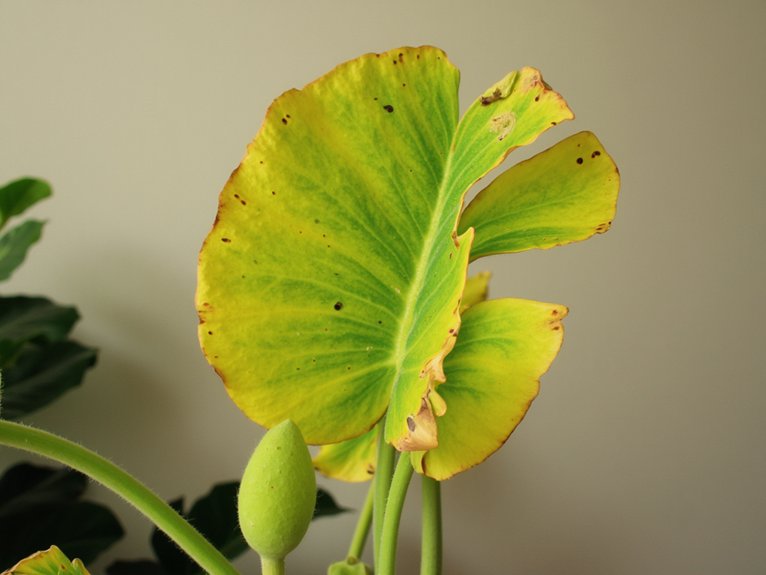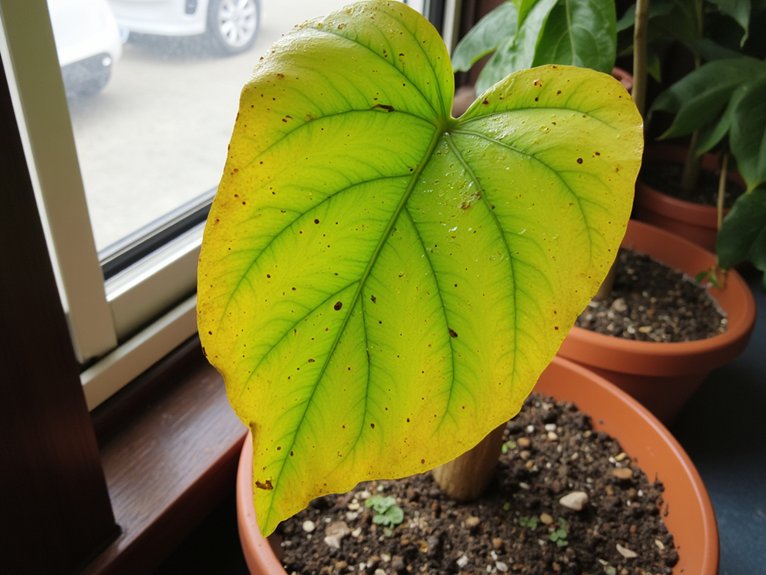Indoor gardeners everywhere seek to maximize their Monstera’s growth potential, yet many overlook critical factors that influence development speed. While these tropical plants naturally grow up to two feet per year, botanical expert Dr. Sarah Chen notes that “proper environmental conditions can double that rate.” Understanding the delicate balance of light, humidity, and nutrients opens up possibilities for accelerated growth – but success requires more than just basic care techniques.
Contents
Understanding Natural Monstera Growth Patterns

While Monstera plants are known for their dramatic growth in tropical rainforests, understanding their natural patterns helps indoor gardeners replicate ideal conditions. In their natural habitat, these plants climb tall trees, using aerial roots to anchor themselves while reaching heights of over 50 feet.
The growth environment of wild Monsteras involves high humidity, filtered sunlight, and consistent temperatures between 65-85°F. Their growth occurs in distinct phases: juvenile leaves start small and solid, while mature leaves develop their characteristic splits and holes. This natural progression typically spans 2-3 years, with new leaves emerging every 4-6 weeks during active growth seasons.
Essential Care Elements for Maximum Growth Speed
Although Monsteras can survive in various conditions, maximizing their growth speed requires precise attention to several essential care elements. For ideal development, these tropical plants need bright, indirect light for 6-8 hours daily, positioning them 3-6 feet from east or north-facing windows.
Humidity levels should maintain 60-80% through regular misting or humidifier use. “Maintaining consistent moisture in the air mimics their natural rainforest habitat,” notes botanist Dr. Sarah Chen. Additional elements include:
- Temperature: 65-85°F (18-29°C)
- Well-draining soil mix
- Monthly balanced fertilizer (NPK 5-2-3)
- Support structure for climbing
Signs Your Monstera’s Growth Is Slowing Down

Despite Monsteras’ reputation as vigorous growers, several clear indicators can signal when their growth is beginning to slow down or stall. Key growth indicators include leaves emerging smaller than previous ones, extended periods without new growth, and yellowing foliage.
Environmental factors often reveal underlying issues. Watch for:
- Roots circling or emerging from drainage holes
- Soil that dries out faster than usual
- Decreased leaf fenestration (splitting)
- Longer intervals between new leaves
- Pale or lackluster foliage color
“A healthy Monstera typically produces new leaves every 4-6 weeks during growing season,” notes botanist Dr. Maria Chen. “Any significant deviation warrants investigation.”
Proven Techniques to Accelerate Monstera Development
Maximizing a Monstera’s growth potential requires implementing several proven cultivation techniques backed by horticultural research. Strategic soil amendments, including peat moss and perlite mixtures, create ideal aeration and moisture retention for vigorous root development.
Expert pruning techniques focus on removing yellowed leaves and targeting growth points to stimulate new shoots. “Trimming aerial roots strategically can redirect energy to foliage production,” notes botanist Dr. Maria Santos.
Additional acceleration methods include:
- Rotating pots monthly for even light exposure
- Installing support poles for climbing
- Maintaining 60-80% humidity levels
- Applying balanced fertilizer (5-5-5) monthly during growing season
Troubleshooting Common Growth Barriers

Even well-maintained Monstera plants can encounter unexpected growth challenges that stall their development. Common obstacles include improper pot sizing, where roots become severely restricted, and watering inconsistencies that lead to stress.
Maintaining proper nutrient balance is vital, as both deficiencies and over-fertilization can halt growth. “Watch for yellowing leaves and slow development, which often signal nutritional issues,” notes botanist Dr. Sarah Chen.
Effective pest management requires regular inspection of stems and leaves for signs of infestation. Spider mites and scale insects frequently target Monsteras, requiring immediate intervention with neem oil or insecticidal soap to prevent growth disruption.
